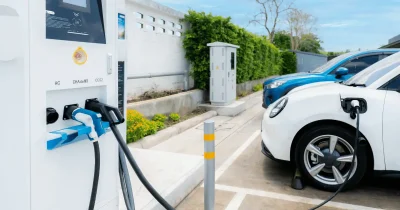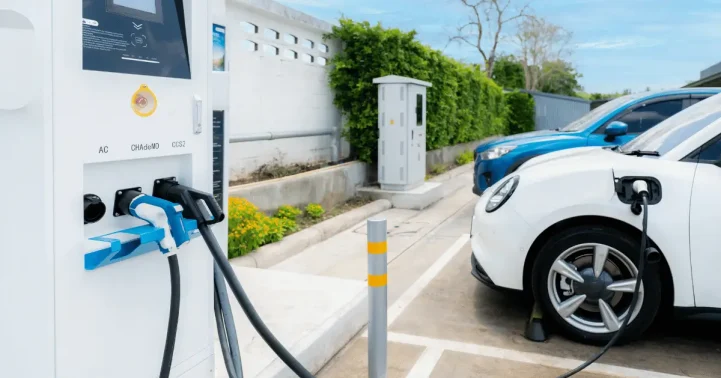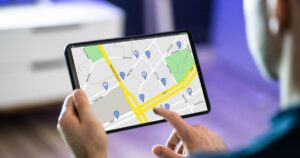The US has an audacious goal: to make electric vehicles (EVs) irresistible, build 28 million charging ports in six years, and essentially change the way we drive.
Picture this: It’s 2030 and you’re cruising down the highway in your electric vehicle. Your battery’s running low, but you’re not worried.
Why? Because charging stations are as common as those fossil-fuel-guzzling gas stations used to be.
US’s goal to fix range anxiety
Range anxiety is a relic of the past and topping up your EV is as quick and easy as parking your vehicle. You don’t even have to get out!
This isn’t a scene from a sci-fi film. It’s America’s green goal for 2030, and it comes with a $7.5 billion price tag.
According to FreeThink’s Kristin Houser, the National Renewable Energy Laboratory estimates that the US will need approximately 28 million EV charging ports to support the projected 33 million EVs on the road.
ALSO READ: EVs in Europe: Shifting attitudes but range anxiety, price hurdles remain
EV charging points for all
Twenty-eight million ports is a massive jump from the 161,000 current ports. It’s a 174-fold increase, in fact.
And the deadline? Six years from now.
But why the urgency? Range anxiety is crippling EV sales. In 2023, despite 1.2 million EVs being purchased, electric cars still account for less than 8% of all new car sales.
Along with range anxiety – the fear that an EV’s battery will die before it can be driven to a charging port – Houser says the inconvenience of charging an EV is also a stumbling block.
The National Electric Vehicle Infrastructure (NEVI) Formula Program, with its $5 billion backing, is looking to change this. The NEVI program will subsidize up to 80% of the cost to create, operate, and maintain fast-charging ports along major highways in the US.
Fast charging to cure range anxiety
While the number of charging ports must increase, so too must the quality. The focus for the new ports is on direct current fast charging (DCFC) ports. These chargers can take an EV battery to 80% capacity in under an hour.
DCFC ports are set to outnumber traditional gas stations by 2032 if current growth trends continue
Tesla was working on its Supercharger network before its focus shifted to robotics. At the time, CEO Elon Musk said the Tesla Supercharger shouldn’t be a “walled garden.” Its fast charging capability should be available to other EV brands as well.
HEVO and WiTricity are also developing wireless charging systems, while Ample is reviving the idea of battery-swapping services.
With continued investment across all sectors, the vision of a fully electrified road network in the US might be within reach, and despite the steep deadline.
If the US can pull it off, it promises a cleaner, more sustainable mode of transportation.
NOW READ: Fast EV charging: Huawei takes on Tesla in China
About the author
Cheryl has contributed to various international publications, with a fervor for data and technology. She explores the intersection of emerging tech trends with logistics, focusing on how digital innovations are reshaping industries on a global scale. When she's not dissecting the latest developments in AI-driven innovation and digital solutions, Cheryl can be found gaming, kickboxing, or navigating the novel niches of consumer gadgetry.












